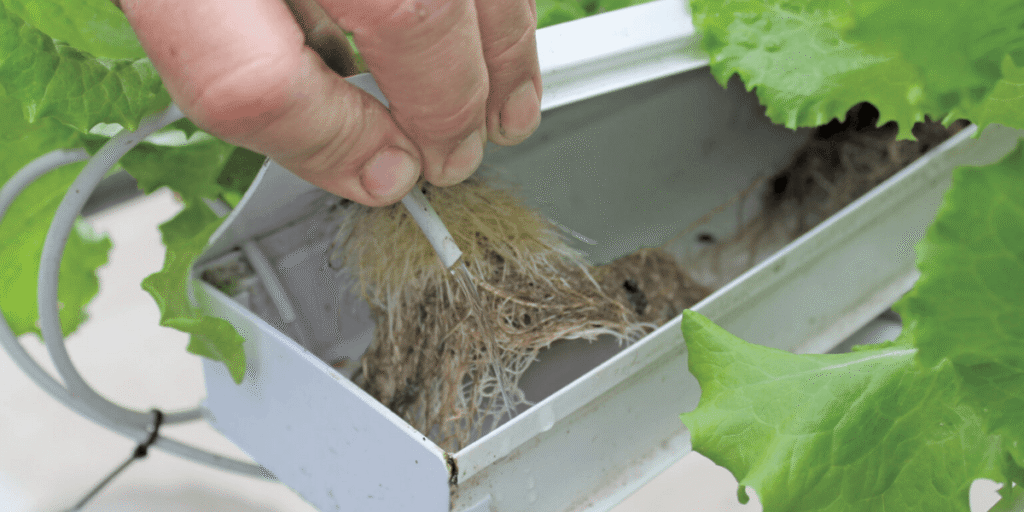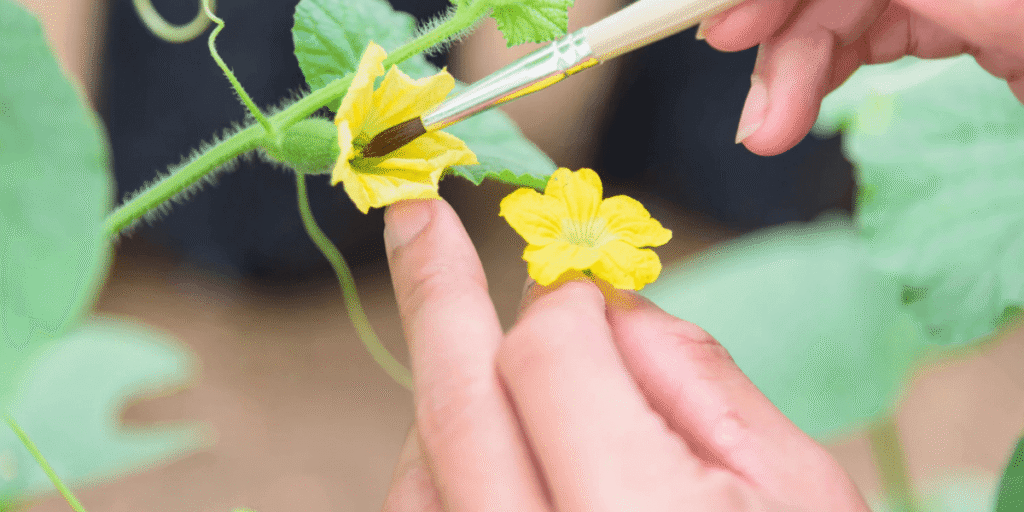Waterborne Diseases in Hydroponics can appear faster than you expect. They silently threaten even the healthiest indoor garden. Imagine walking into your hydroponic system one morning and seeing roots turning brown, leaves wilting, and growth slowing. What seemed like a thriving crop can quickly become a lost harvest. These invisible pathogens take advantage of the same controlled environment that makes hydroponics so effective. Without early detection, they can spread through your system in just a few days.
The good news is that these diseases are entirely preventable. By spotting early warning signs and following practical strategies, you can protect your plants and keep your garden strong. Maintaining clean, oxygen-rich water, adding beneficial microbes, and practicing regular maintenance all help create a system where plants flourish and pathogens fail. This guide will show you how to prevent, identify, and treat water-borne diseases. Following these steps ensures your hydroponic garden remains healthy season after season.
Environmental Strategies to Prevent Waterborne Diseases in Hydroponic Systems
Water movement and oxygen availability are also critical. Pathogens thrive in stagnant water. Roots stay healthier when the nutrient solution circulates well and is rich in oxygen. Good water flow distributes nutrients evenly and prevents harmful microbes from accumulating. Many growers use air pumps with air stones. These release bubbles that increase dissolved oxygen, strengthen root development, and create conditions unfavorable to most pathogens. Maintaining proper water temperature and good flow not only reduces the risk of water-borne diseases but also helps prevent algae overgrowth. For more tips, see our guide on How to Prevent Algae Growth in Hydroponic Systems.
By maintaining proper temperature and oxygen levels, you create an environment where roots thrive. This greatly reduces the risk of disease and helps your plants stay healthy.

Keeping Your Hydroponic Setup Clean to Avoid Root Pathogens
The first step is thorough cleaning and disinfection. Every part of the system, including the reservoir, pipes, and trays, should be cleaned every two to four weeks. This is especially important when changing the nutrient solution, as residues often build up during this process. For disinfection, you can use a diluted bleach solution by mixing one tablespoon of household bleach with one gallon of water. A gentler, plant-safe alternative is food-grade hydrogen peroxide. Adding one to two teaspoons of a 35 percent hydrogen peroxide solution per gallon of water weekly sanitizes the system while also increasing oxygen in the solution, which benefits root health.
Even with regular cleaning and disinfection, issues can still arise in practice. Our guide on How to Troubleshoot Common Hydroponic Issues provides practical steps to help you identify and solve these problems.
For larger or more complex hydroponic setups, filtration and ultraviolet sterilization provide extra protection. A good filter removes organic debris before it decomposes and feeds pathogens. A UV sterilizer exposes water to ultraviolet light as it flows through the chamber. This light disrupts pathogen DNA, rendering them harmless and preventing reproduction. The process is continuous, chemical-free, and effective at keeping nutrient solutions clean over time.
By combining consistent cleaning with effective sterilization, you create a sterile environment where disease has little chance to develop. This protects your plants from infections and promotes stronger growth and higher yields.
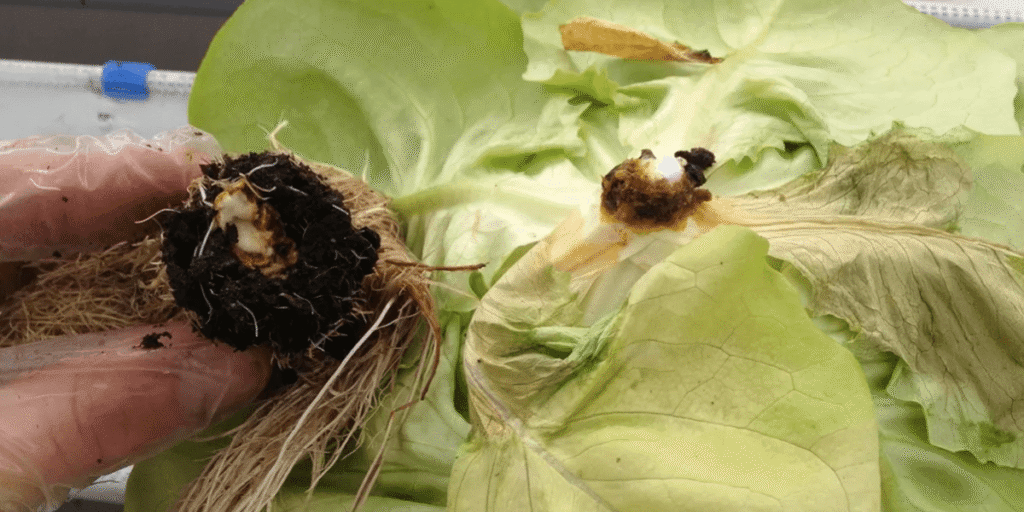
Using Beneficial Microbes for Hydroponic Pathogen Control
In nature, ecosystems stay balanced because beneficial organisms keep harmful ones in check. The same idea applies to hydroponics. Introducing the right microbes creates a natural defense system against pathogens.
One effective method is using beneficial microbes. Certain bacteria and fungi establish themselves in the root zone, forming a protective layer around plant roots. For example, Bacillus bacteria, such as Bacillus subtilis, can colonize root surfaces and compete with disease-causing organisms for space and nutrients. Beneficial fungi like Trichoderma species not only block pathogens but can also attack them by releasing enzymes that break down their cell walls.
These microbes do more than protect plants. They enhance root growth, improve nutrient uptake, and stimulate the plant’s natural immune responses. To remain effective, they must be added regularly. Most products provide instructions on dosage and timing. Following these directions helps keep the microbial population active and stable.
By fostering a community of helpful microbes, you reduce the chance that harmful pathogens will gain a foothold. Over time, this creates a balanced micro-ecosystem where plants grow stronger and are naturally more resistant to disease.
Quick Guide: Preventing and Treating Waterborne Infections in Hydroponics
| Method | How It Works | Advantages | Considerations |
|---|---|---|---|
| Hydrogen Peroxide | Add one to two teaspoons of a 35% solution per gallon of water weekly. | Affordable, easy to apply, increases oxygen in solution. | Overuse can harm roots; requires accurate dosing. |
| Beneficial Microbes | Introduce organisms such as Bacillus subtilis or Trichoderma weekly or as directed. | Creates a natural microbial barrier, improves root health, enhances immunity. | Needs consistent application; should not be combined with chemical sterilizers. |
| UV Sterilizer | Run continuously in the reservoir or water line. | Provides highly effective and ongoing sterilization without chemicals. | Requires upfront investment and regular bulb replacement. |
How to Identify Common Waterborne Pathogens in Hydroponic Crops
One of the most important skills in hydroponic gardening is the ability to recognize the early warning signs of water-borne diseases. Detecting problems before they become severe can mean the difference between saving a crop and losing it entirely. Two of the most common and damaging pathogens in hydroponic systems are Pythium and Fusarium.
Pythium Root Rot in Hydroponics: Symptoms, Causes, and Control
Among all water-borne diseases, Pythium is the most frequently encountered. It attacks the roots, disrupting their ability to absorb water and nutrients. In the early stages, roots begin to lose their natural white color and gradually turn brown, soft, and slimy to the touch. As the disease progresses, the reservoir often develops a foul or musty smell, which is a clear indicator of infection. Above the surface, plants show signs of stress such as wilting, slowed growth, and yellowing leaves. If untreated, the leaves will continue to yellow, curl, and eventually die. Because root rot spreads quickly, prompt action is essential once these symptoms appear.
Managing Fusarium Vascular Wilt in Hydroponic Plants
Fusarium is another serious fungal disease that targets the plant’s vascular system, the network responsible for transporting water and nutrients. The first signs often include uneven wilting, where one side of the plant appears weak while the other side looks relatively healthy. This asymmetry is a key indicator of Fusarium. As the disease advances, the leaves gradually turn yellow and lose vigor. If the stem is cut open lengthwise, the vascular tissue inside appears discolored, usually showing brown or reddish streaks instead of a clean, pale interior. Once established, Fusarium can be very difficult to eliminate, and it often persists in the system if thorough sanitation is not carried out.
High-quality photographs or illustrations of these symptoms are extremely useful for growers, since visual identification greatly speeds up diagnosis. By learning to associate these visible signs with specific pathogens, hydroponic gardeners can respond quickly with appropriate treatments and prevent further spread throughout the system.

Developing Routine Maintenance Habits to Reduce Pathogen Risks
Preventing disease in hydroponics is not just about reacting when problems appear; it is about creating a routine that keeps the system consistently clean and stable. Good habits, practiced regularly, provide the foundation for healthy plants and reliable harvests.
Weekly Checks: Roots, Leaves, and Early Warning Signs in Hydroponics
Set aside a few minutes each week to look closely at your plants, paying particular attention to the root system. Healthy roots should be firm, white, and have a fresh, earthy smell. Roots that begin to turn brown, feel mushy, or emit an unpleasant odor are often the first sign of trouble. By catching these changes early, you can take corrective action before the disease spreads and affects the entire system.
Monthly Flushing and System Cleaning to Prevent Microbial Growth
Every thirty days, schedule a full system flush to reset the growing environment. Start by draining out all of the old nutrient solution, since it can accumulate organic residues and provide a breeding ground for pathogens. After draining, rinse the reservoir, trays, hoses, and any other parts that come into contact with water or nutrients. Once everything is cleaned, refill the system with a fresh batch of nutrient solution mixed at the proper concentration. This simple monthly habit greatly reduces the risk of disease and helps ensure that the plants always have access to clean, balanced nutrients.
By combining regular inspections with thorough monthly cleaning, you build a maintenance routine that becomes second nature. Over time, these habits not only prevent disease but also create a stable, thriving environment where plants can reach their full potential.
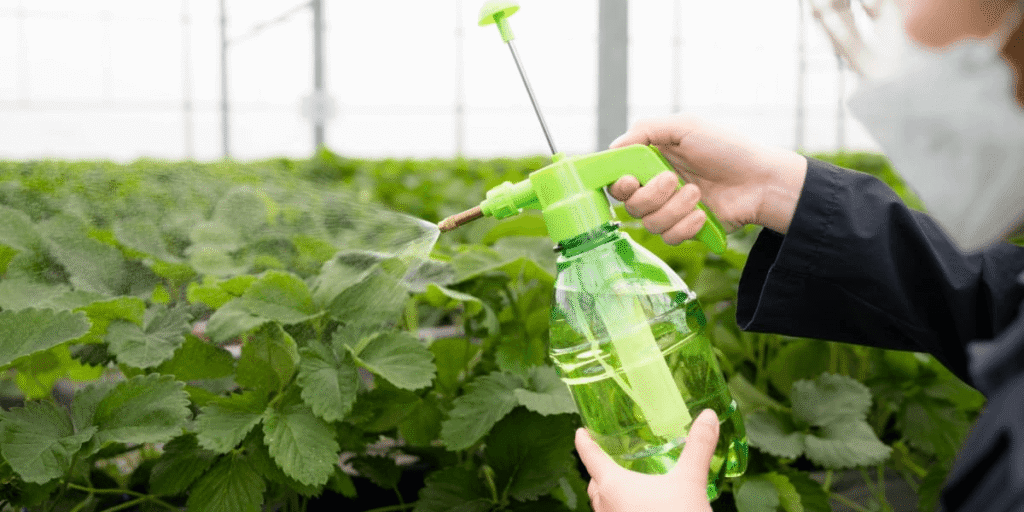
Understanding System-Specific Disease Vulnerabilities in Hydroponics
Although the general principles of disease prevention apply across all hydroponic methods, each type of system has its own strengths and vulnerabilities. Understanding these differences allows growers to focus their efforts on the areas of greatest risk.
Dutch Bucket System: High-Risk Conditions for Waterborne Pathogens
In a Dutch Bucket setup, plant roots grow in a growing medium while nutrient solution is delivered through a drip system. This setup provides good drainage and aeration, but waterborne pathogens can still develop if the system is not carefully managed. The nutrient solution temperature should remain within the optimal range, and water flow must be consistent to prevent stagnant pockets where pathogens like Pythium could thrive. Regularly checking the solution for proper oxygen levels and ensuring even distribution helps keep roots healthy and reduces the risk of root rot.
Nutrient Film Technique (NFT): Maintaining Healthy Roots and Disease Control
NFT systems provide a thin stream of nutrient solution that flows over the roots while leaving much of the root mass exposed to air. This exposure generally makes NFT less vulnerable to root rot compared with DWC, since the roots receive more oxygen naturally. However, NFT comes with its own risks. The thin film of water must remain constant and uninterrupted. If a pump fails or a pipe becomes clogged, the flow can stop, leaving the roots to dry out. Even a short period of dryness can stress the plants and weaken their natural defenses, opening the door for disease. Preventive maintenance and reliable backup systems are particularly important in NFT.
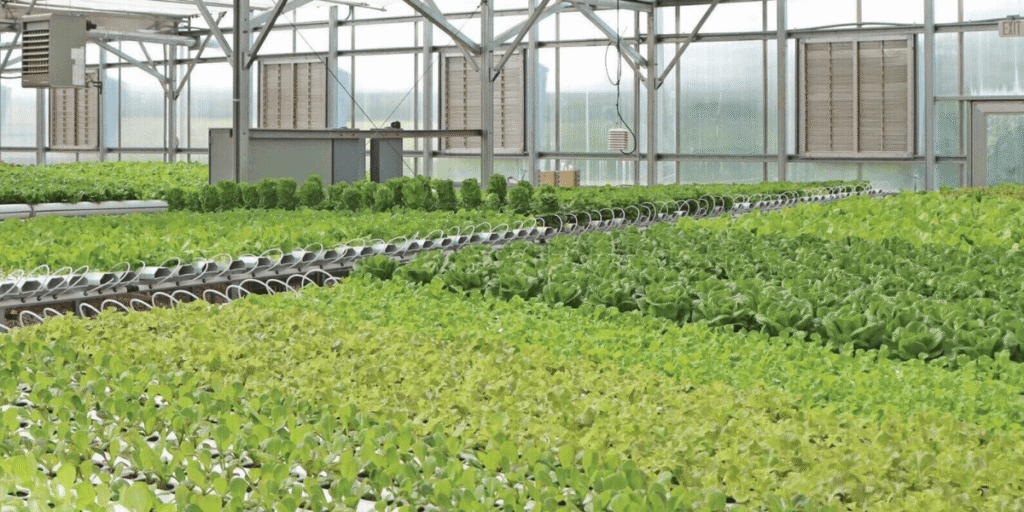
Vertical Hydroponic Towers: Tips for Preventing Waterborne Pathogen Spread
In a vertical hydroponic tower, nutrient solution flows from the top and trickles down through each planting pocket, providing water and nutrients to the roots as it descends. The roots are supported by a growing medium such as rock wool, sponges, or coco coir, which helps buffer moisture levels and offers some protection against pathogens. Although the system promotes efficient water use and airflow, waterborne diseases can still occur if flow is uneven or pockets of stagnant water develop. Regular inspection of each tower level and the circulation system is essential to prevent root rot and other microbial issues.
By understanding the specific risks in vertical hydroponic towers, growers can implement targeted prevention measures, ensuring healthy plant growth while minimizing waterborne pathogen threats.
FAQ: Troubleshooting Waterborne Disease Issues in Hydroponic Gardening
Q1: How can I tell if my hydroponic plants are getting a water-borne disease?
A1: Keep an eye on the roots and leaves. If roots look brown or mushy, leaves start wilting, growth slows down, or foliage turns yellow, these are warning signs. The earlier you spot them, the faster you can take action.
Q2: How often should I clean my hydroponic system?
A2: Aim for a full clean every 2 to 4 weeks. Especially when you change the nutrient solution, make sure to scrub reservoirs, pipes, and trays. Using diluted bleach or food-grade hydrogen peroxide keeps your system safe and healthy.
Q3: Can I just use beneficial microbes and skip other treatments?
A3: Beneficial microbes are great they protect roots and fight bad pathogens. But they work best alongside good cleaning, proper water flow, and temperature control. They don’t replace these basic preventive steps.
Q4: Does water temperature really matter for disease prevention?
A4: Absolutely. Warm, stagnant water lets pathogens grow fast. Keep your nutrient solution between 65–75°F (18–24°C) and make sure it circulates well. This keeps roots strong and disease risk low.
Q5: What should I do if I spot a disease outbreak?
A5: Act quickly! Remove or isolate affected plants if possible, replace the nutrient solution, clean the system thoroughly, check water temperature and oxygen levels, and consider adding beneficial microbes to help the healthy plants recover.
Q6: Can water-borne diseases spread between different hydroponic systems?
A6: Yes. Pathogens can travel through shared tools, contaminated water, or even air if systems are close together. Always clean equipment before moving between systems, avoid sharing nutrient solutions, and keep systems physically separated when possible.
Q7: How do I know if my beneficial microbes are working effectively?
A7: Healthy roots are the best indicator. Look for firm, white roots with good branching and minimal signs of disease. If plants grow vigorously and show strong nutrient uptake, the microbes are likely active. Regular application according to product instructions ensures consistent effectiveness.
Conclusion: Ensuring Healthy Hydroponic Crops by Controlling Pathogens
Water-borne diseases present one of the most significant challenges in hydroponic gardening, but they are far from inevitable. With the right habits and preventive strategies, growers can create an environment where harmful pathogens struggle to survive. A clean system that is properly aerated and carefully monitored becomes the foundation of plant health.
Prevention begins with attention to detail. Consistently maintaining the correct water temperature, ensuring good oxygen levels, and keeping the system free from debris all work together to discourage the growth of disease-causing organisms. Adding biological allies such as beneficial microbes or investing in supportive tools like ultraviolet sterilizers provides further layers of protection. Even simple practices, such as weekly root inspections and regular system flushes, can make the difference between early detection and a full-blown outbreak.
The key is consistency. Disease prevention is not a one-time effort but an ongoing commitment that pays back with healthier plants, stronger root systems, and more abundant harvests. By being proactive rather than reactive, growers not only protect their crops but also build confidence and peace of mind, knowing that their system is resilient.
In the end, a little extra effort devoted to prevention goes much further than dealing with disease after it appears. With the right approach, hydroponic gardens can thrive season after season, offering both productivity and reliability.
Getting Started: Steps to Minimize Waterborne Infections in Hydroponics
Growing fresh vegetables with hydroponics is easier than you might think. With the right setup and a few simple daily habits, caring for your plants can become a fun and rewarding part of your routine. Regular attention not only keeps your vegetables healthy but also ensures that your hydroponic system operates efficiently for years to come.
To make your hydroponic gardening even more convenient, check out our carefully selected range of high-quality nutrient solutions, precise pH and EC meters, and user-friendly cleaning tools. Whether you’re just starting your first indoor garden or managing a larger setup, these tools help simplify maintenance and make growing fresh produce stress-free.
If you have any questions or need tailored guidance, the team at Greenfuturehydro is always ready to help. Reach out to us at info@greenfuturehydro.com or call +86 13487543942. We are dedicated to helping you create a sustainable, productive, and healthy indoor garden.
Follow us on Instagram at @Greenfuturehydro for practical tips, inspiring stories, and real experiences from hydroponic growers around the world. Share your progress, connect with other enthusiasts, and enjoy the satisfaction of harvesting fresh, vibrant vegetables at home.
